Are you a business owner thinking of shipping industrial sewing but don’t know how to go about it? Then you are in luck. Here’s everything you need to know.
Everybody in the industry knows that shipping industrial sewing machines is a very complex process due to the size, weight, and value of these machines.
Whether you’re a new manufacturer, an online seller, or just an individual trying to ramp up your output, getting an industrial sewing machine is not going to be accessible without proper planning.
In this guide, we’ll explore the key aspects and factors of shipping these machines—namely, cost considerations, shipping methods, and packaging.
Step 1. Cost Considerations of Insurance
Even before we begin discussing the shipping method, we first have to start understanding the additional cost factors that will go with it.
Namely the different insurances and coverage you have to get any industrial machine delivered.
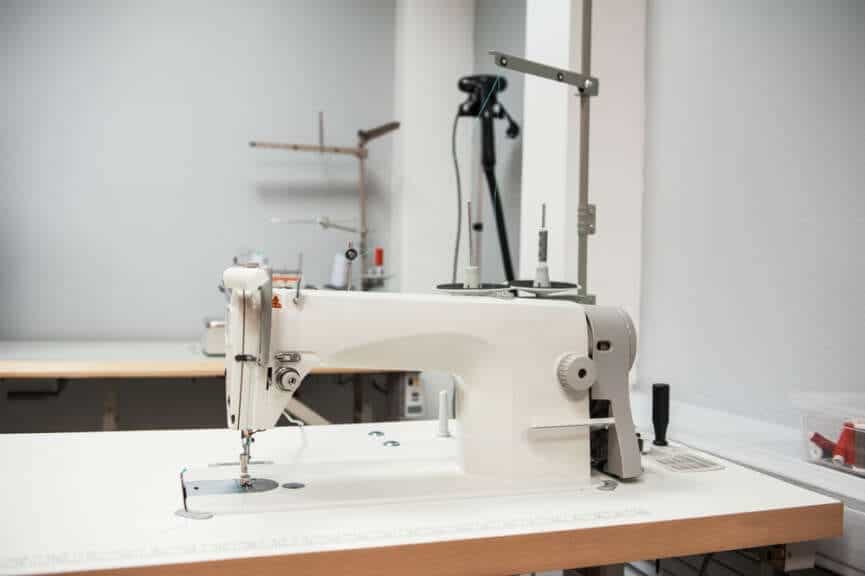
1.1 High-Value Machines Require Proper Insurance Coverage
For Industrial sewing machines, particularly those of high value.
So, It is good to ensure that they are properly insured for the transit regardless of the shipping method you choose, as you might know they can be attractive targets for theft during transport.
Also, accidents happen every day, and even with the best packaging and handling from your chosen brand, there’s always going to be a risk of your chosen machines being damaged during transit.
Only properly insured coverage provides financial protection in these unfortunate situations.
1.2 Heavier Loads Necessitate Additional Shipping Resources
The weight of the cargo can impact several aspects of the shipping process. In the case of industrial sewing machines, this problem can be very costly, literally.
While some can be lightweight and built with new tech, if you are going with a traditional rule for a specific type of feel and vibe in your work, you will most likely get hefty equipment.
After the Shipping Rates, Freight shipping rates are often calculated based on weight and dimensions.
Then comes overall handling and equipment if your machines are heavier! It may require things such as forklifts or pallet jacks during loading and unloading.
1.3 Procure Additional Cargo Insurance
While almost all freight shipping companies provide a basic level of coverage, these days, as part of their services, it is often limited.
Thus, in today’s world, it is essential to get dedicated cargo insurance that can be tailored to meet your specific needs.
Shipping valuable industry-level equipment can be nerve-wracking for many, and only having insurance offers peace of mind. So you can rest assured in case of unforeseen incidents.

Step 2. Shipping Methods and Time Needed
Now, it is time to consider the actual shipping methods.
As each has its own benefits, that’s why choosing the right shipping method is a vital decision. It will help you make proper choices for your specific shipping needs and care.
The decision you make has to take factors such as cost, speed, distance, and destination into considerations.
2.1 Freight Shipping via Truck
The first and foremost method is Freight shipping via trucks. This is one of the most cost-effective options for domestic shipping.
The rates here are typically reasonable and often make for a budget-friendly choice. Also, trucks come with the convenience of door-to-door service.
This means your industrial sewing machine can be delivered or picked up to/from your location and then delivered to its destination. All without the need for intermediate stops of any kind.
Note: While it is a reliable option for many, you also wanna keep in mind that truck shipping is not the fastest method.
Even If you are going with long-distance shipments with appropriate delivery time for any mishaps, even then your final delivery timeline can be easily affected by factors such as road conditions and weather
2.2 Freight Shipping via Train
Second is the Freight shipping industry, sewing via train! It is an excellent choice for long-distance transportation between the states.
Even more, dedicated trains can cover vast distances efficiently regardless of the size and quantity of the shipments.
However, one thing to keep in mind is that trains do not have access to all locations. Which means for is that that you may still have to depend on the truck to reach the final destination. Adding more complexity to the shipping process.
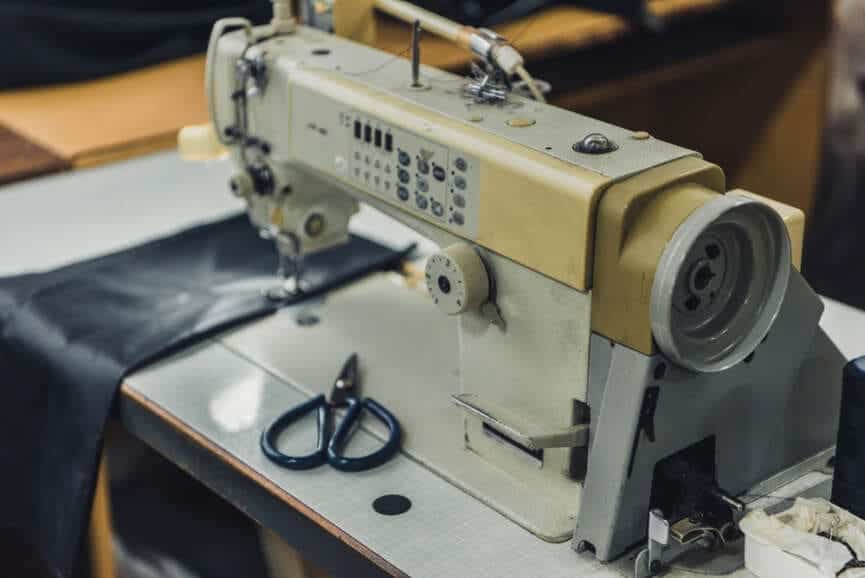
2.3 Freight Shipping via Ocean
If you are transporting industrial sewing machines overseas, then ocean freight is often the most economical choice, mainly if you are shipping a large quantity for your business.
Shipping can also offer large onboard insurance for all products; you get your money back regardless of what happens.
The only thing to remember is that Ocean shipping typically involves longer transit times than other methods. If you need a rapid delivery, this might not be the best option for you at all.
2.4 Freight Shipping via Air
The final way to do this is by air. If you need your industrial sewing machine to reach its destination as quickly as possible, then freight shipping via air is the only fastest option you can rely on.
It’s ideal for urgent shipments regardless of quantity, as you can get multiple planes to deliver your shipments to your destination. The only downside is that this convenience of speed comes at a price, but it is the most reliable method for your industry giants.
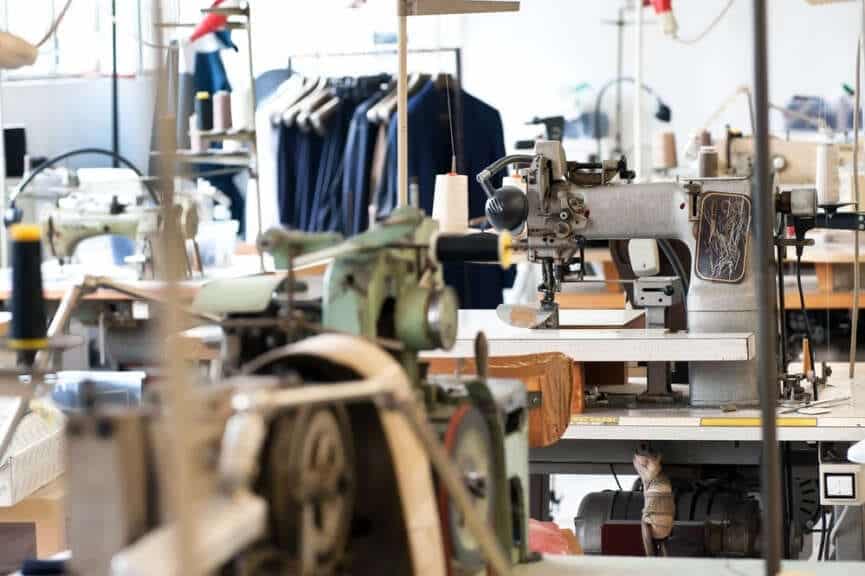
Closing Thoughts
Whether you’re shipping your industrial machines domestically or internationally, the key here lies in meticulous planning.
Assessing the shipping cost factors, checking overall cost of packaging materials like bubble wrap, packing tape, and packing peanut, and the method you choose all the a role in how tough it’ll be for you ship the machines.
For example, if you are going with freight delivery, you also wanna make sure the machines are secured in the down position with the presser foot properly protected. Which of course extra depending on both the quality and quantity.
Hopefully, by following these guidelines and strategies, you can confidently navigate the complexities and shipping industrial sewing machines with ease. ensuring proper safety and timely delivery, whether it’s through the post office or other means.




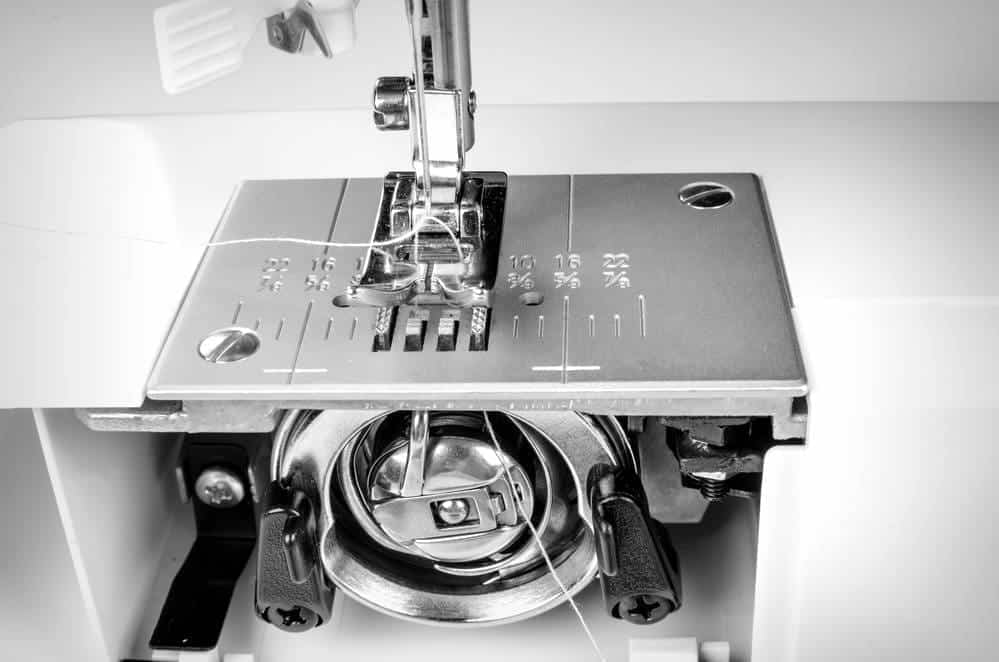

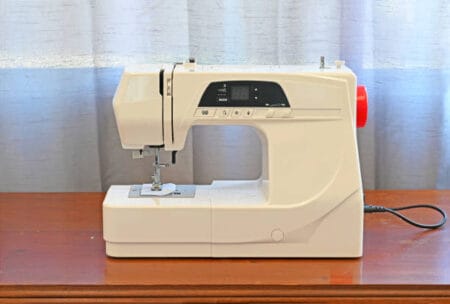

3 Comments
“Shipping savvy for sewing beasts! This article lays out a stellar three-step guide for safely transporting industrial sewing machines. A must-read for anyone in the textile realm—because your heavyweight workhorse deserves a smooth journey to its new creative abode!”
Thank you sewing tales .
The gratitude is because the article not only helped me it also helped my aunt because as she was thinking to purchase a new sewing machine for her sewing business , we are somewhat ambiguous while buying this but the articles and the points in the articles that what are the points to be considered while buying a sewing machine it indeedly helped us .
It was insightful to dive into the intricacies of shipping industrial sewing machines, addressing crucial factors such as cost considerations, shipping methods, and packaging essentials. The guide aptly underscores the importance of assessing shipping cost factors and accounting for packaging materials, including essentials like bubble wrap, packing tape, and packing peanuts. The emphasis on proper safety measures and timely delivery ensures a seamless process, whether utilizing postal services or alternative shipping channels.